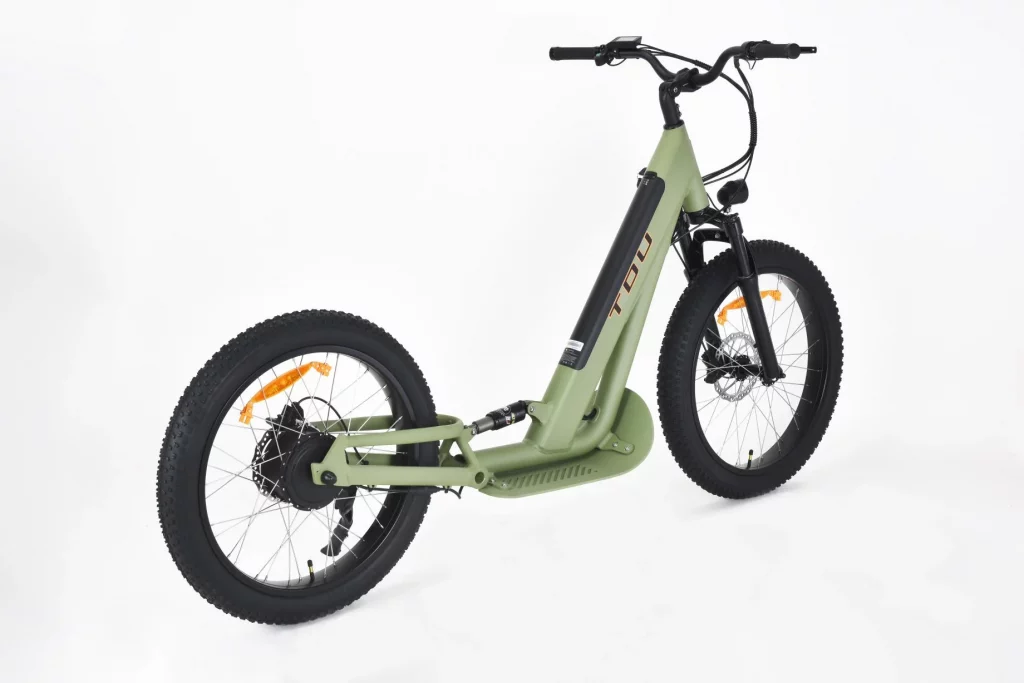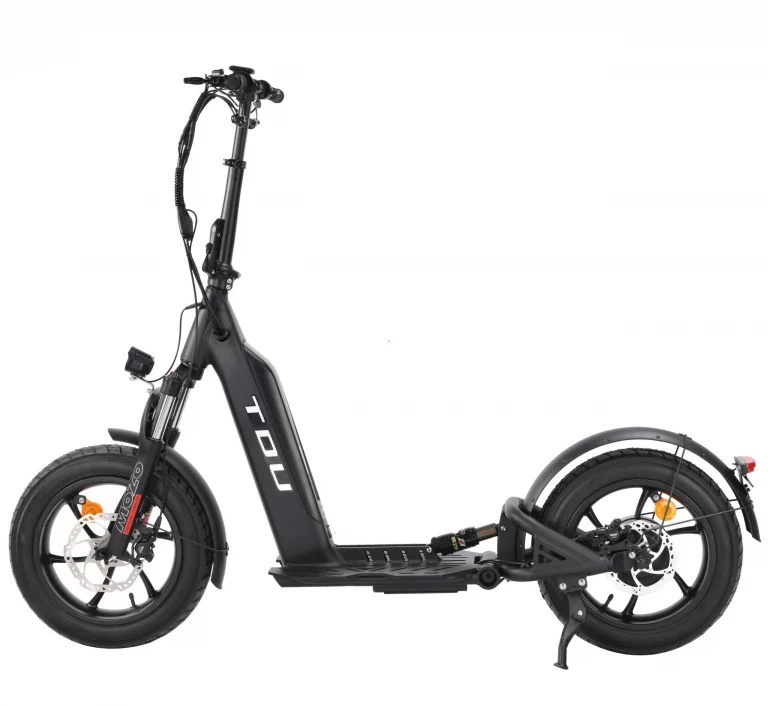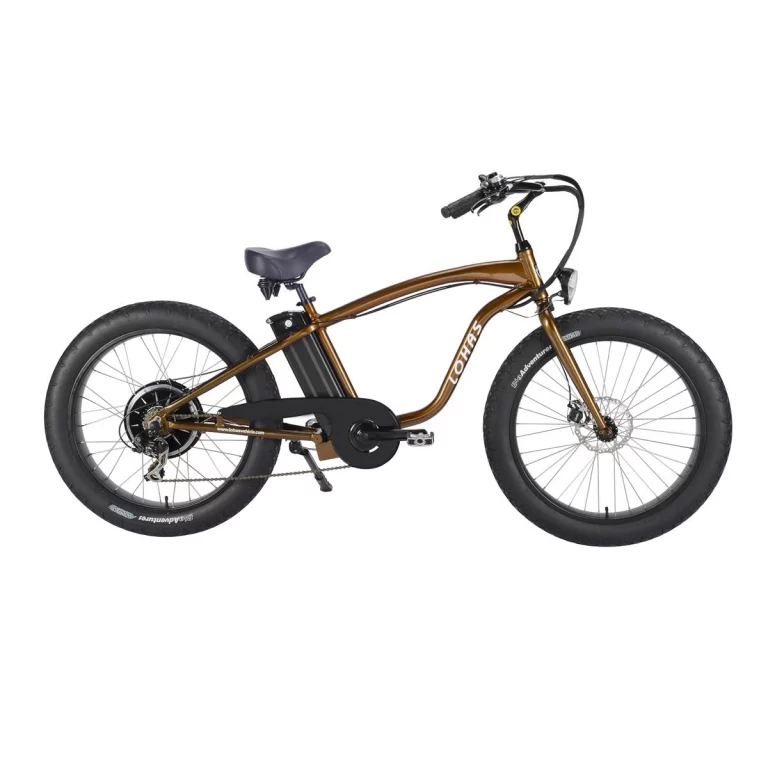Understanding the Basics of Electric Scooter Batteries
The Role of the Battery in an Electric Scooter
Electric scooter batteries are the core of the ride—dishing out juice to crank the motor and other must-have bits. They set how far you can zip on one go—and shape how the scooter runs overall. A top-notch battery keeps rides smooth—gives steady pep and smart energy use. How much charge they need can shift—depends on the scooter type. Fat tire electric scooters, say, often crave more volts than regular ones.
Key Components of an Electric Scooter Battery
An electric scooter battery’s got a few big pieces—team up to stash and send energy slick. The main parts are:
- Cells:Little units that hold the electric zap.
- Battery Management System (BMS):Keeps things safe—stops overcharging, overheating, or draining too low.
- Casing:Shields the insides from outside bangs.
Grabbing primo chargers and gear—made just for your scooter brand—can juice up the charging game. These bits together lock in toughness, safety, and peak runs.
Importance of Selecting the Right Battery Replacement
Picking the right swap battery’s a big deal—to keep your scooter humming right. A mismatched one might cut your range—slow you down—or even nick the scooter’s electric guts. You gotta eye stuff like volt match, capacity (in Ah), and size. Fancy lithium-ion batteries—with better energy pack and grit—can seriously boost your scooter’s reach and trustiness.
Types of Electric Scooter Batteries
Overview of Lead-Acid Batteries
Lead-acid batteries are old-timers in electric scooters. They’re cheap and steady—but hefty next to newer picks. They need regular TLC—and don’t last as long. Their low price fits budget rides—but the weight can drag down how slick they roll.
Characteristics of Nickel-Metal Hydride (NiMH) Batteries
Nickel-Metal Hydride batteries sit between lead-acid and lithium-ion vibes. They’re lighter than lead-acid—and pack more energy punch. But they hit a snag with memory effect—half-charges can shrink their juice over time. Still—they’re kinder to the earth than lead-acid pals.
Advantages and Limitations of Lithium-Ion Batteries
Lithium-ion batteries are the hot shot for today’s electric scooters—thanks to a pile of perks:
- High Energy Density:Lets you roam farther.
- Light Build:Trims the scooter’s heft.
- Low Fuss:No memory woes or constant upkeep.
But they’ve got downsides—cost more and don’t love wild hot or cold. Overcharging cooks extra heat in the cells—wears ‘em out faster. Smart charging habits are key—to stretch their years.
Exploring Lithium Manganese Nickel (NMC) Batteries
Lithium Manganese Nickel (NMC) batteries are a slick twist on lithium-ion tech. They mix high energy stash with safer tricks—like heat steadiness. NMC batteries are popping up in high-end scooters—for their long haul and solid runs in all kinds of weather.
Factors to Consider When Choosing an Electric Scooter Battery Replacement
Evaluating Battery Capacity and Watt-Hour Ratings
When hunting a swap battery for your electric scooter—digging into capacity and watt-hour (Wh) numbers is a must. Capacity—in ampere-hours (Ah)—shows how much juice it holds. More capacity means longer trips on one charge—great for folks roaming far. Watt-hour ratings mash volts and capacity—give a fuller peek at energy stash. Take a 48V 14Ah lithium-ion battery—seen in some fancy scooters—it’s about 672Wh—dishes out long rides and sharp runs.
Understanding Voltage and Voltage Sag in Electric Scooter Batteries
Voltage is another biggie when swapping an electric scooter battery. It sets the motor’s kick—and ties straight to speed and zip. Most scooters roll on 36V or 48V setups—higher volts mean more oomph. But watch for voltage sag—a quick dip when the load’s heavy. That can tweak runs on steep hills or fast bursts. A primo battery with slick cell tech keeps sag low—hands out steady juice.
Assessing Weight and Portability Implications
The heft of your swap battery shifts how easy your scooter rides. Heavy ones might pack more juice—but can mess with portability and handling. Lithium-ion batteries shine light—beat lead-acid by a mile—makes ‘em a fave in new scooters. When picking—balance weight and capacity—to keep runs sharp without bogging down the carry.
Analyzing Lifespan and Charging Cycles of Different Batteries
Battery life’s tracked in charge cycles—full zap-in, zap-out rounds before the juice fades big. Lithium-ion batteries dish 300–500 cycles—lead-acid ones poop out sooner—thanks to sulfation woes. Smart charging stretches life—like sticking to the 20–80 rule. That means skipping drops below 20%—or tops past 80%—eases cell strain—keeps ‘em kicking longer.
Common Mistakes to Avoid When Replacing an Electric Scooter Battery
Ignoring Compatibility with Your Electric Scooter Model
A top flub when swapping an electric scooter battery is skipping fit with your ride’s make. Each scooter’s got its own volt needs, size slot, and plug type. A wrong battery can tank performance—or fry the electric bits. Check your scooter’s guide—or ping the maker—for the right swap scoop.
Overlooking Manufacturer Recommendations for Replacement Batteries
Makers dish out battery swap tips—tied to their build specs and test runs—for peak performance. Brushing off this advice can land weak runs—or safety hiccups like overheating or shorts. Snagging original equipment manufacturer (OEM) batteries locks in fit and trust—keeps warranties safe too.
Frequently Asked Questions
How do I choose the best replacement battery for my electric scooter?
Eye stuff like volt match, capacity (Ah), size, heft, and years it’ll last—when picking a swap battery.
What is voltage sag, and how does it affect my electric scooter?
Voltage sag’s a quick volt drop under heavy pull—hits speed and zip on big hills or fast kicks.
Are lithium-ion batteries better than lead-acid batteries for scooters?
Yup—lithium-ion’s lighter—packs more energy—needs less fuss—and lasts longer than lead-acid picks.
Can I use a higher-capacity battery than my original one?
Sure—if it fits your scooter’s volt needs—and slots in its space right.
For more scoop on trusty electric scooter batteries—or custom fixes from Yongkang LOHAS Vehicle Co., Ltd.—hit us up today!






